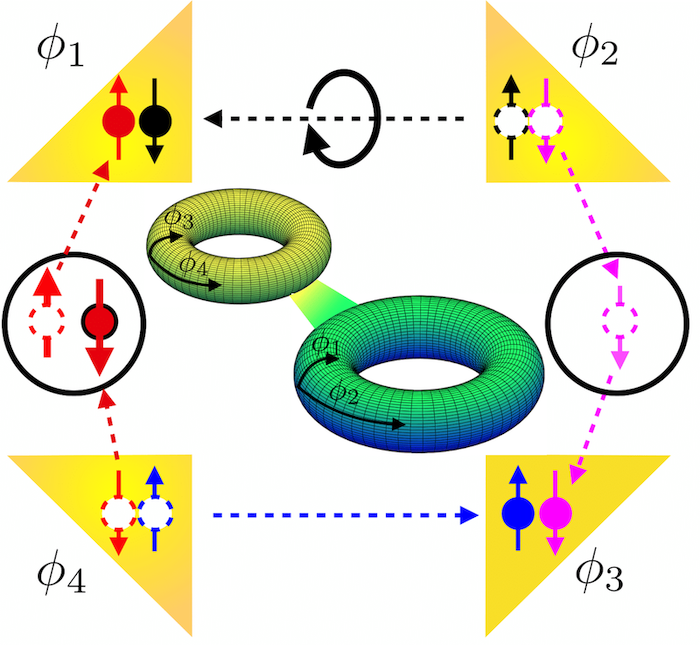Resonator induced quantum phase transitions in a hybrid Josephson junction
We investigate the Josephson current through a suspended carbon nanotube double quantum dot which, at sufficiently low temperatures, is characterized by the ground state of the electronic subsystem. Depending on parameters like a magnetic field or the inter-dot coupling, the ground state can either be a current-carrying singlet or doublet, or a blockaded triplet state. Since the electron-vibration interaction has been demonstrated to be electrostatically tuneable, we study in particular its…
Read more
